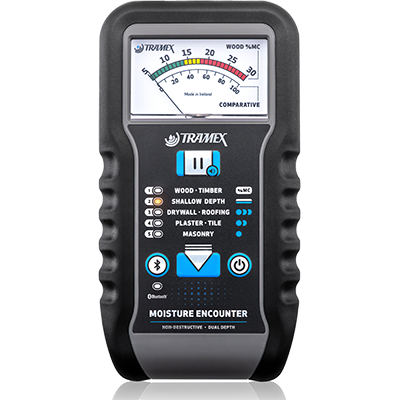BUILDING AND PEST INSPECTION
Brisbane, Ipswich, Logan, Gold Coast, Caboolture

Fully insured with Professional Indemnity insurance & Broadform Liability (CGU PIB 03-17), Policy Number: BP20200192, with CGU Professional Risks Insurance. Our professional indemnity insurance covers up to $1,000,000, and our public liability insurance covers up to $10,000,000. We won’t need it but isn’t it nice to know you’re covered if something does happen.
What Can we do for you?
Building Inspection
Our building inspection is carried out in accordance with Australian Standard 4349.1- 2007 and will detail all major defects, problems or potential problems and safety hazards to the property. The report will also provide recommendations about remedial action you should take to bring the property to an adequate standard.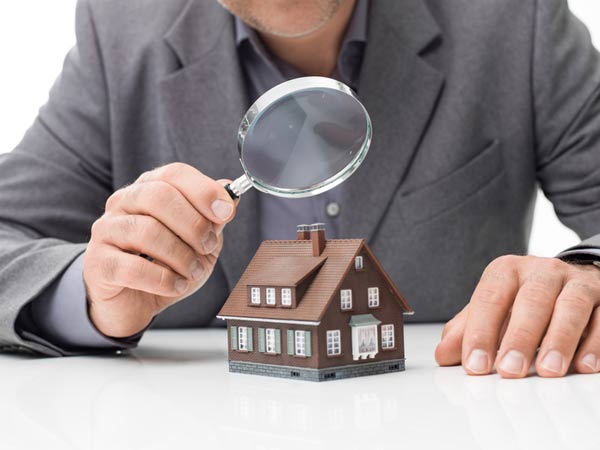
Our professional advice is based on a thorough physical examination of all accessible areas of the property such as interior and exterior, sub-floor, roof void, the exterior of the roof, retaining wall, fencing, laundry, garage or carport.
Whilst a building inspection report can’t encompass every aspect of a building, it is the best way to decrease future expensive issues and disclose areas of concerns before costly commitments are made.
With our professional advice, accurate and detailed building reports of the building structures, you will have the confidence to make informed purchasing decisions. An Ajor Building Inspection Report lets you make your purchase decision with the best professional advice and detailed knowledge of the condition of the building structure.
Pest Inspection
Australian Building Standards highly recommended that regular reinspections are carried out (generally on an annual basis) to ensure the ongoing safety of the building structures on the property. Licensed pest experts can identify past and present termite damage or activity and lay-out exactly what is required to protect the property in a format called a Pest Management Program.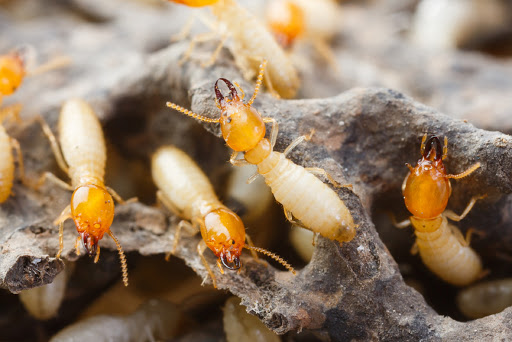 Pest management programs ensure the ongoing safety of your building for years to come. Because of the severe damage and therefore rectification costs that can be quickly accumulated by owning a home that is under attack by termites, it is important to have an inspector that will look at the home, yard and surrounding areas.
Pest management programs ensure the ongoing safety of your building for years to come. Because of the severe damage and therefore rectification costs that can be quickly accumulated by owning a home that is under attack by termites, it is important to have an inspector that will look at the home, yard and surrounding areas.
For pest inspection, thermal imaging camera and moisture meter devices will be used, which can help alert the inspector to the fact, moist mud nests that termites travel through may actually be inside a wall cavity or other concealed areas of the building. Ajor Inspection will take you through such findings on-site and the report contains information that states not only if an activity was found but also what can be done to prevent pests from entering the building in the future.
As already stated, all homes can incur huge costs from termites, even steel and brick homes as these pests will destroy mouldings, skirtings and architraves, which can result in thousands of dollars wasted. A pest inspector will identify fungi and timber rot as well.
Ajor Inspection is a licensed and insured pest management company specialising in inspections and the reporting on timber pest and termite activity. This service is more often than not completed at the same time as your building inspection when selling or purchasing a property or if a property owner has concerns about current timber pest issues. Our immediate response attitude to current timber pest issues will ensure that the issues are fully identified, understood, and the damage is minimised by implementing an appropriate pest management system. With our instant electronic reporting process, you will have all the information at your fingertips to be able to make immediate decisions.
BUILDING AND PEST INSPECTION
A building and pest Inspection is undertaken when a buyer is finalising the purchase of a property. It is also undertaken by sellers who want to know the condition of their property before they put it on the market. The inspection is a visual appraisal of the condition of the property.
Its purpose is to identify existing issues, defects or areas of concern. This inspection is carried out in accordance with the Australian Standard. The report is broken into three sections: major defects, minor defects and termites activity. The major defects section will report on any areas of the property that show major structural damage or present major safety hazards. This is the area of the report that you should pay most attention to, as these defects may be costly to repair.
 The minor defects section will identify any areas of the property that show minor damage, general wear and tear and issues that require maintenance. Minor defects can include issues such as cracked tiles, poorly maintained cabinetry or chipped paint.
The minor defects section will identify any areas of the property that show minor damage, general wear and tear and issues that require maintenance. Minor defects can include issues such as cracked tiles, poorly maintained cabinetry or chipped paint.
These are not areas of serious concern but could be used in negotiations when purchasing the property.
The termite section will report on any areas of the property that visually show current or past termite attacks. Your inspector will also report on areas of the property that may be conducive to termite attack. If your inspector identifies signs of termite damage, they will bring out their Thermal Imaging Camera which uses a thermal sensor to determine whether active termites are within the wall of the floor without drilling or damaging the property. Throughout the report, your building and pest inspector will use high-quality photos and descriptions to describe each issue, so you have a complete understanding of the properties condition.
HANDOVER / SETTLEMENT INSPECTION
Schedule 1B of the Queensland Building and Construction Commission (QBCC) ACT 1991 states: ‘Practical Completion’, for a domestic building contract, means the day when the subject work is completed:

1. In compliance with the contract, including all plans and specifications for the work and all statutory requirements applying to the work
2. Without any defects or omissions, other than minor defects or minor omissions that will not unreasonably affect occupation
3. If the building owner claims there are minor defects or minor omissions—the building contractor gives the building owner a defects document for the minor defects or minor omissions.
Once the Builder has declared the building Practically Complete, the project is inspected with respect to consideration of the above Schedule. Particular emphasis is given to the quality of finish, compared to tolerances, building standards, best building practices and industry expectations.
As an additional service, a client can request the contract, specification and inclusions requirements and drawings to be checked off also to ensure the builder has for filled all contractual obligations before final payment being made. Generally though, to save costs and for accuracy, it is recommended that the client ensure all inclusions and contractual agreements have been checked properly before a handover inspection, as nobody understands the agreement understandings as well as the owner, who is paying for the work.
Sample Of Defects
Showing of roof defects



Showing of roof space defects



Showing of Subfloor defects
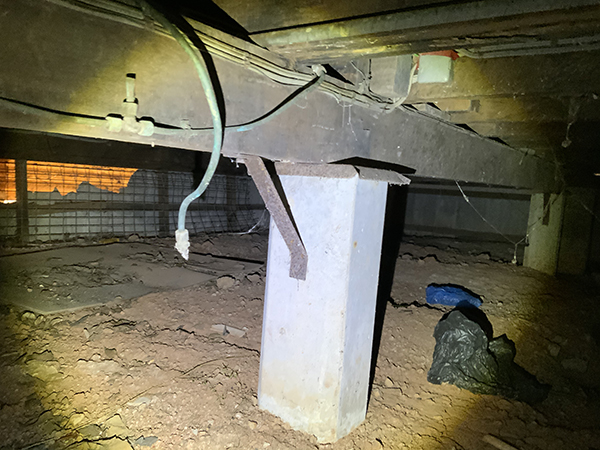

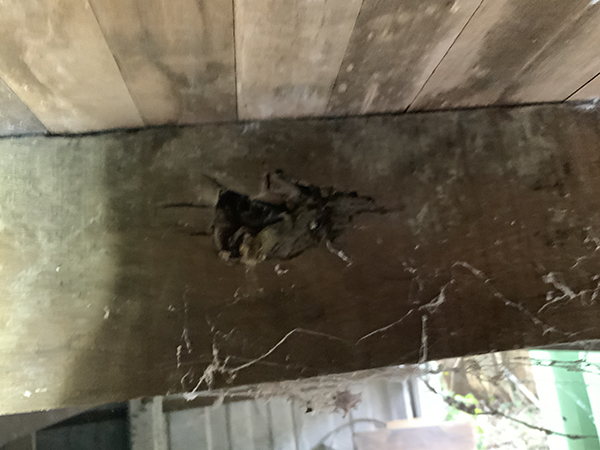
Showing of Termite Activity
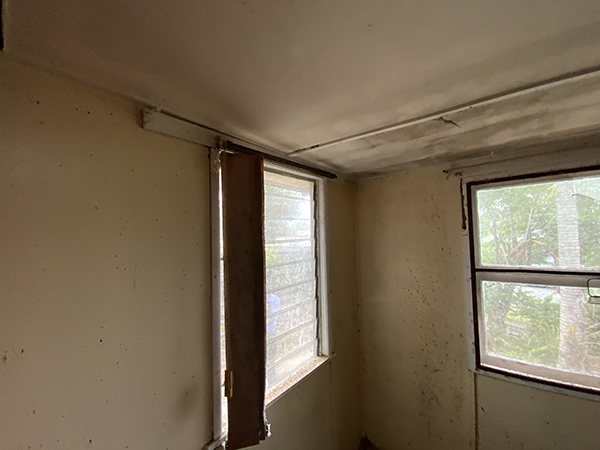


Showing of Internal defects
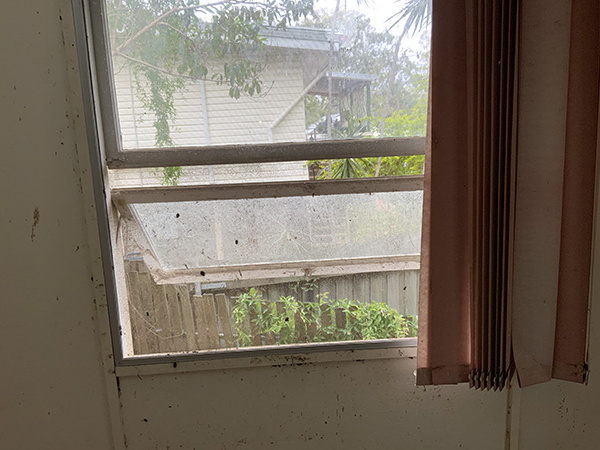

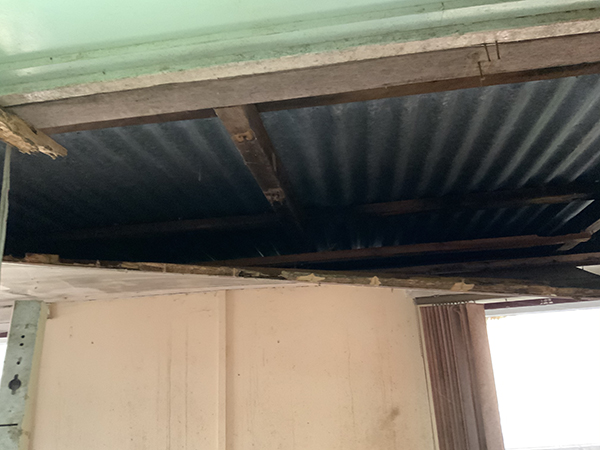
Showing of External Defects



Showing of Bathroom defects



Showing of Live Termite

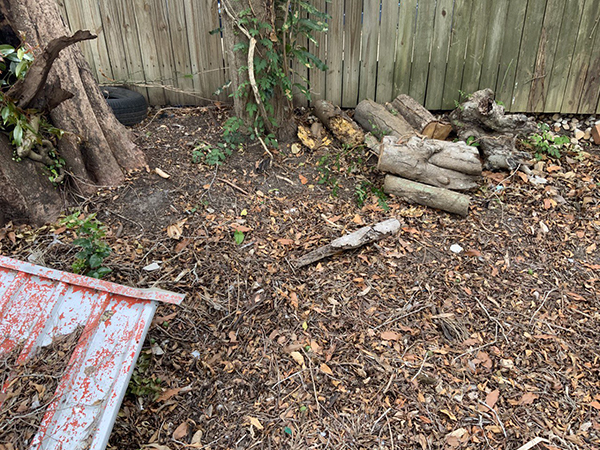
Who We Are?
We are a fully licenced and insured company

Ajor Inspection can help your peace of mind about your investment and can help you become more aware of things that will require attention. A pre-purchase building inspection from Ajor Inspection will give you the confidence you are seeking by making an informed decision.
All pre-purchase building inspections are thorough, accurate and reporting exceeds the requirements of the Australian Standards 4349.0, AS 4349.1 AS 4349.3 and AS 3660.2. A Pre-Purchase Building Inspection agreement as per Australian Standard 4349.1 will be sent to you before the inspection. The report(s) will be emailed to you 24 hours after the inspection and the inspector will discuss the inspection findings with you.
Our Responsibility
Ajor Inspection is available to help you make an informed decision about the biggest purchase you will make in your life. When buying a house, we all get caught up in the moment and are looking at the beautiful things in the house and so often we are missing the things that are going to cost money in the long run.


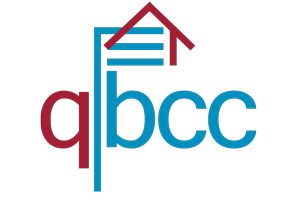


Our Qualification
We are a fully licenced and insured company and a proud member of Master Builders Queensland (Mbqld).
The company managing director Elcid Pouya is a Qualified Civil Engineer with more than 23 years of experience and knowledge of Residential and Commercial Building Construction and qualified builder with Queensland Building and Construction Commission (QBCC).
Also, he is a Registered Professional Engineer with the Board of Professional Engineers of Queensland (RPEQ) and National Engineer Registered with Engineers Australia (EA).
The most important thing underpinning the service at Ajor Inspection is a focus on simply creating a truly fantastic customer experience.
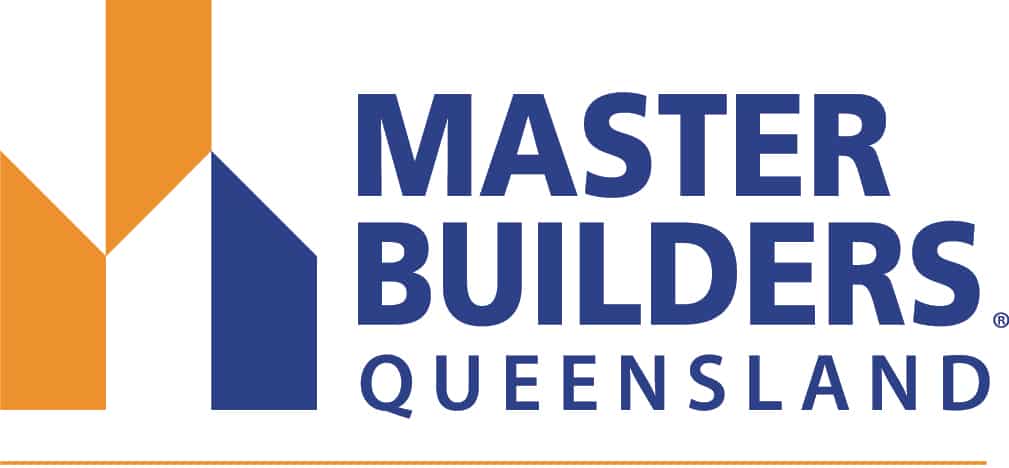
Master Builders Queensland

Professional Engineers of Queensland

Building and Construction Commission

Engineers Australia
Contact Us

We're Here To Help You
What Type of Property you have for Inspection?
Apartments/Unit
Many people believe that a pre-purchase building inspection is not required for a new building and not of much value for an apartment given the size compared to a house. This is a mistake. Whilst the inspection of an apartment can be completed in a much shorter time than a house, but it is still very much an essential part of the equation. Knowing exactly what you are buying is critical, especially if unexpected hidden expenses are coming your way, just like when you purchase a house, having your apartment inspected by a professional is one of those must-do activities. Whilst there are some differences between houses and apartments in terms of the scope of a pre-purchase building inspection, the core principles are the same. Regardless of the age or quality of the property you are looking to purchase, a building inspection carried out by a professional is a must.
A building inspection will consider both the internal areas of your apartment or unit as well as the immediate exterior. A room-by-room inspection will identify any defects or concerns. It is important to be aware that issues commonly found in homes are also often present in an apartment too. Rising damp, electrical faults, cracks in walls, concerns with water pressure and even the presence of termites may be found.
You can choose to be present for your inspection, too. Even though you are entitled to a detailed report outlining noted concerns, it pays to be present. For an investment of a few hundred dollars, a building and pest inspection will give you peace of mind. You may uncover hidden information about your intended purchase, which may help you to negotiate the purchase price or empower you to walk away.
Once you have done your research, and you are armed with your apartment inspection checklist, give Ajor Inspections a call. When you choose Ajor Inspections, you can be confident that your property will be given a thorough inspection, inside and out.
Houses / Townhouse
Potential home buyers often hire home inspectors to research a property and provide them with a written report that details the property’s condition, including an assessment of necessary or recommended repairs, maintenance concerns, and any other potentially costly issues. The home inspector will assess the physical structure of the home, from the foundation to the roof, as well as the home’s systems. This assessment will determine if the home is up to code.
A home inspection can tell a homebuyer a lot about a newly-constructed home or an existing house, and it can save them money and aggravation. It can identify needed repairs, builder oversights, and upkeep requirements. For sellers, having an inspection done before putting their home on the market can afford them the chance to make structural repairs or upgrade and replace systems that may increase the likelihood of a sale.
Typically, a home inspection is done after a sales contract, or purchase agreement between a buyer and a seller has been signed. For this reason, the contract must include a ‘Subject to building inspection’, which allows a buyer time to find an inspector, schedule and attend (if so desired) an inspection, receive the inspector’s report, and decide how to proceed based on the information it includes.
Depending on the report’s assessment, which can include everything from material defects that may negatively impact a home’s value to cosmetic defects, which don’t affect safety or functionality, a buyer may decide to proceed with the sale, schedule additional inspections, renegotiate the sale price with the homeowner (if there are serious issues), ask that certain repairs be made, or cancel the contract. If the buyer requests major repairs, they may also ask for a reinspection with the original inspector to verify that the original problem identified has been remedied.
Commercial/Offices
Commercial property is a huge investment, so you must have the full picture before making your final decision. A commercial building inspection will help ensure you are aware of any faults or structural defects, and you are paying the right price for the property.
Commercial building inspections are recommended for those who want to purchase a commercial property, as well as those who manage them. The vendor can also benefit from having their property inspected pre-sale, as it gives them a clear idea of the true value of their property.
Our commercial property reports are detailed documents that highlight the pros and cons of purchasing a particular property. We will conduct a thorough assessment of the structure and foundations of the building in question and identify the type of defect or repair required.
We look at internal and external features including but not limited to ventilation, drainage and subfloor framework, condition of the roof and roof spaces including the framework and tiles, mould and water damage (past or present in kitchen, bathroom and laundry), signs of active termite activity, safety hazards including plumbing and electrical systems.
After inspection, we explain the inspection findings. This conversation typically only takes around 10 to 15 minutes for a summary of the more significant findings. Please don’t take it for granted that all inspectors and reports are the same. Make sure the scope of work on a Commercial Building inspection is agreed between the parties. Asking the right questions of your Building Inspector gives you the best chance of getting a useful report from a qualified expert on time.
We Improving Our Inspection Process By Employing Latest Technology
The latest devices we use are Moisture Encounter ME5 and Thermal Camera FLIR C5. These devices can precisely detect, locate and confirm the presence of moisture or termites without needing to physically penetrate any walls, floors or ceilings. So, we won’t disrupt or displace termite activity, which is important for future termite treatment.

A moisture meter is usually applied to the surface to detect excess moisture present in the plaster sheeting, timber walls or masonry. They are used to identify the conditions that are most likely to attract termites as well as causing fungal decay, especially if there are no exterior signs. It’s also useful when detecting moisture leakage from rising damp or pipes. Any high moisture readings should be investigated thoroughly to determine the exact cause of the problem.
When a moisture meter and thermal imaging camera are used together in the building inspection, the building inspector can quickly identify as well as document the spread, severity and location of the damaged spaces, without using any invasive methods. While this may sound very easy, the job is a specialised one, and only a qualified, skilled and trained building inspector would be able to read the data and identify whether a problem exists.
